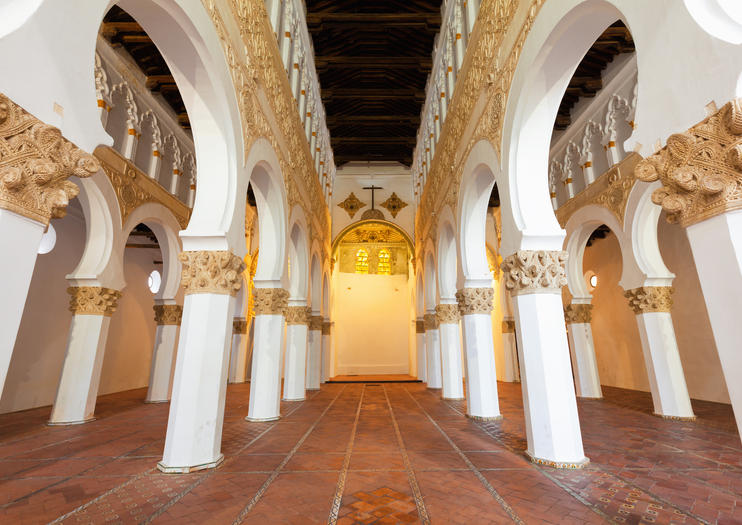
Toledo´s first written mention dates from 192 a. C. Archeology has shown for several years that where Toledo stands today there used to be an agricultural-livestock village in the Bronze era located on the Cerro del Bu, on the other side of the Tagus River which faces Toledo. Recent research has also found remains of houses in different parts of what is to day the historic center.
In Roman times it was already a very important place, and the romanroad linked to Caesaraugusta (Zaragoza) with Emerita Augusta (Mérida), and it met the passage of the Tagus towards Hispalis and Bética, which favored its flowering and growth and development in times of the Roman Empire.
Despite not very visible, Toledo offers still the possibility to see remains of temples, theaters, amphitheaters, a strong wall as well as roman roads, bridges and a even a hydraulic system of water supply of the city.
According to the the research made, the extent of the ruins of the Roman circus indicates it was for around 13,000 spectators, a number not negligible in the first century AD. C., they could attend the races.
The disappearance and fall of the Roman Empire left wat to the the growth of the Frankish kingdom which ended up displacing its capital city first to Barcino (Barcelona) and then Seville to finally settle in Toledo.
So Toledo was the place where the Councils were held, a kind of State Council to resolve the most important issues of the kingdom, with the participation of bishops. Between the year 400 and 711 it is believed that 17 councils took place in the city of Toledo.